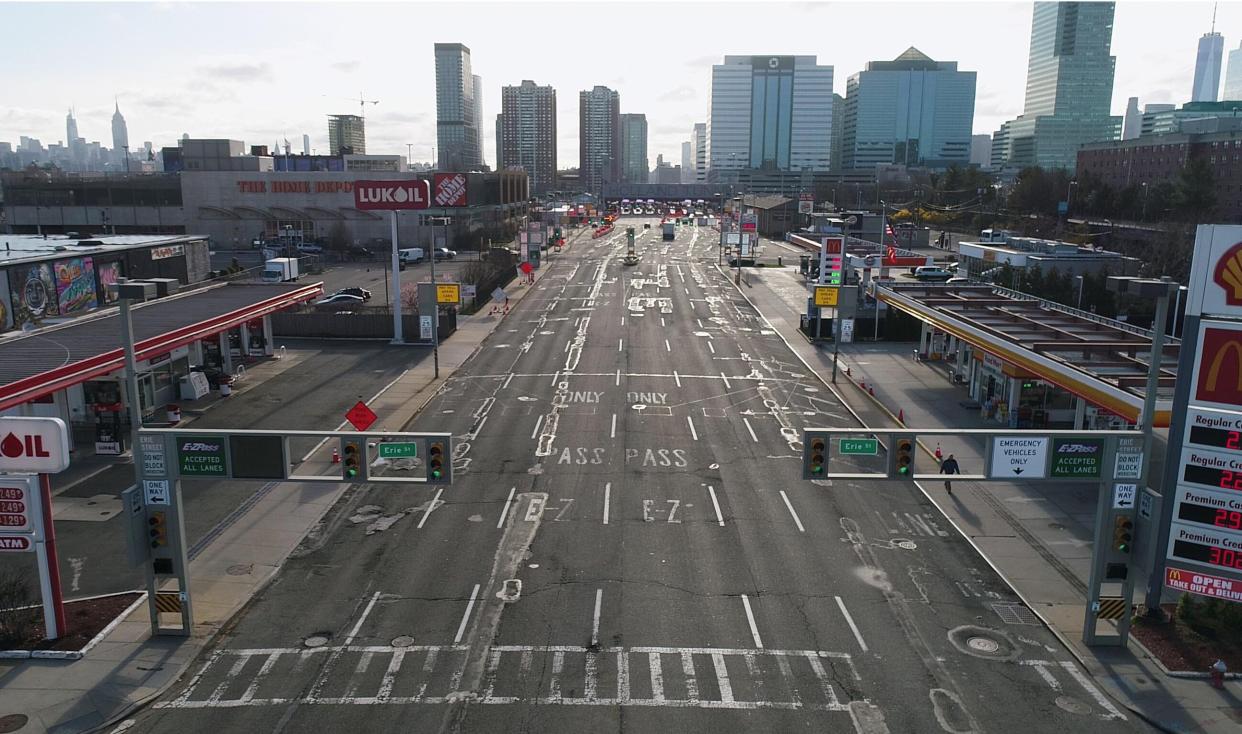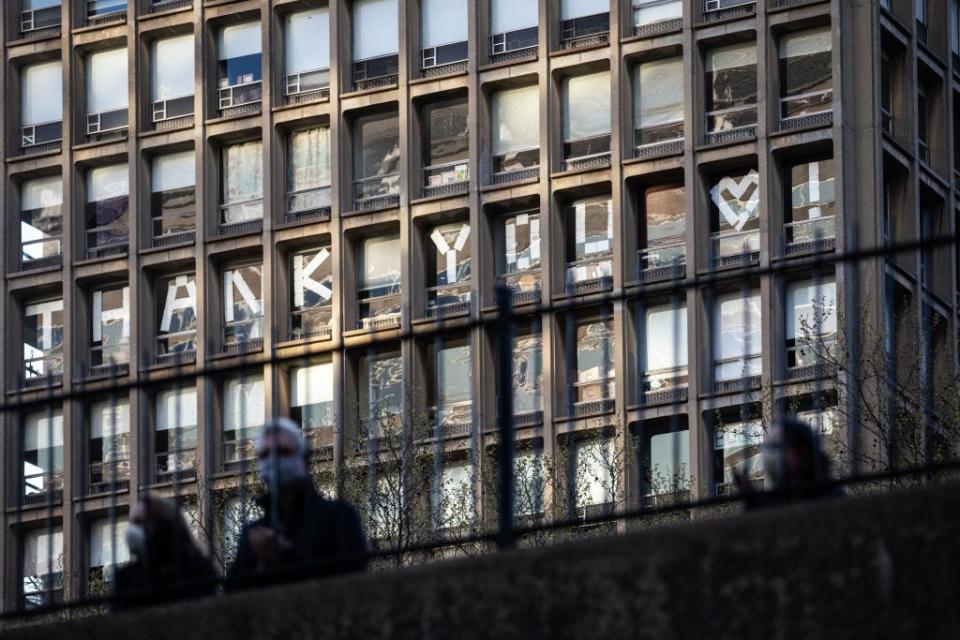Deaths by suicide declined at the height of the pandemic. Researchers have some ideas why.

If you or someone you know may be struggling with suicidal thoughts, you can call the U.S. National Suicide Prevention Lifeline at 800-273-TALK (8255) any time day or night, or chat online.
Deaths by suicide fell 9% at the height of the pandemic shutdown compared with previous years, a surprise given increases in reported levels of stress, anxiety and depression.
There were more than 2,400 fewer deaths by suicide between March and August 2020 than normally would have been expected, said Dr. Jeremy Samuel Faust, an emergency physician in the Division of Health Policy and Public Health at Brigham and Women’s Hospital in Boston and an instructor at Harvard Medical School.
The results were published last week in the Journal of the American Medical Association.
“They went down, and they went down dramatically at the peak of the shelter in place period,” said Faust, who co-wrote the paper. “In April we had a 16% decrease of suicides, and that’s the time when most of the country was shut down.”
The numbers are at odds with predictions last year that "deaths of despair" from suicide, alcohol and drugs could go as high as 150,000. Former President Donald Trump raised the alarm as a rationale against extended lockdown orders.
Death rates for suicide have been increasing for years, climbing 35% since 1999.
That changed last year. For all of 2020, suicide deaths declined by 5.6%, according to preliminary data from the National Center for Health Statistics. That compares with increases in deaths from heart disease, stroke, Alzheimer's disease and diabetes.
Researchers believe the pandemic caused people to forego medical appointments, missing routine care that might have picked up warning signs of illness.
Death by suicide is different, said Thomas Joiner, a professor of psychology at Florida State University and an expert on suicide.
"It's an intriguing pattern. You've got a rise in risk factors like stress, anxiety and depression but a decrease in suicide deaths," he said.
He believes the expanded availability of mental health services via telehealth, such as counseling calls by phone or computer, may have been part of the reason.
"Access went up and telehealth was a better platform than many of us anticipated," he said.
In addition, major employers and organizations were keenly aware of workers' mental health during the pandemic, he said.

Another reason could be that some people who might have died by suicide died instead of COVID-19, said April Foreman, a clinician and board member at the American Association of Suicidology.
In 2019, suicide rates were highest among adults ages 45 and older, the same demographic at greater risk from COVID-19. People with higher rates of health problems and poverty also are at higher risk of dying by suicide; those too are risk factors for COVID-19.
Suicide also is something that tends to happen when people are isolated, Foreman said.
"Suicide is one of those things that very rarely happens in front of other people, it happens when you’re alone," she said. "While a lot of people were alone during COVID-19, a lot of people were locked down with their families.”
Faust's team looked a what’s known as excess mortality, the difference between the deaths expected in a typical year and what happened during the pandemic. The researchers measured the monthly excess mortality from March through August 2020 and compared it with monthly data from 2015 through 2020.

Faust hypothesized that the feeling of coming together as a nation may be another reason behind the decrease.
“People had a sense of shared purpose," he said. "They were home in March and April because we were making a collective sacrifice so we could help each other. So people felt we were part of something."
Joiner called it a "paradoxical togetherness effect."
Suicide rates could remain stable if some of the root causes of suicide are addressed after the pandemic, including a lack of access to mental health services, an erosion of social support and economic insecurity.
"If we focus on some of these things, we might be able to stabilize the suicide death rate," Foreman said.
Crisis Text Line provides free, 24/7, confidential support via text message to people in crisis when they dial 741741.
Contact Elizabeth Weise at eweise@usatoday.com
This article originally appeared on USA TODAY: Suicides declined during the COVID-19 pandemic, surprising researchers

